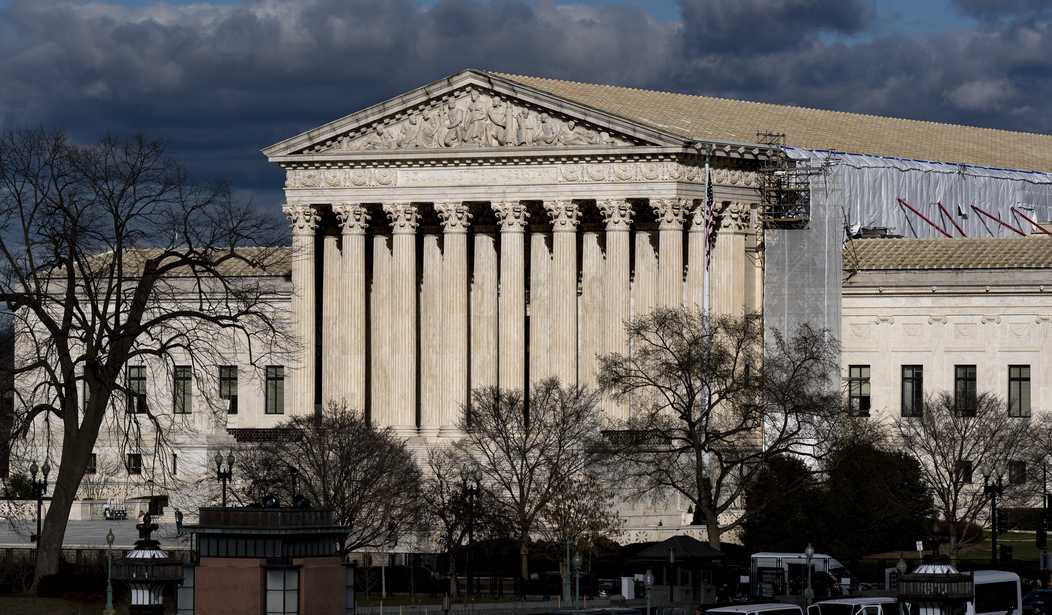Justice Sonia Sotomayor isn't exactly a fan of the Second Amendment. That's been clear based on her voting since she hit the bench, so to speak.
She was the justice who wrote the dissent in Cargill, the case that overturned the ATF's bump stock ban. She was the one who seemed to think it was perfectly acceptable to have a regulatory body redefine terms previously set by Congress simply because they wanted to. Well, one of the ones, anyway.
And yet, her dissent in Cargill is a treasure for gun rights advocates fighting for our rights in lower courts. For example, the FPC recently cited a number of Supreme Court opinions that seemingly run contrary to Cook County, Illinois and their assault weapon ban, then they took things a step further.
FPC also pointed to comments Sotomayor made earlier this month in Garland v. Cargill, against overturning a rule by the U.S. Bureau of Alcohol, Tobacco, Firearms, and Explosives (ATF) banning bump stocks. In her dissenting opinion, Sotomayor insisted that the Oct. 1, 2017 shooting in Las Vegas, Nevada, in which 60 people were killed and hundreds more were injured, was carried out by a shooter who had affixed bump stocks “to commonly available, semiautomatic rifles.”
FPC argued Sotomayor’s use of the words “commonly available” to describe semiautomatic rifles, matched up to the Supreme Court’s prior position in D.C. v. Heller that firearms “in common use” are protected by the Second Amendment of the U.S. Constitution.
While Sotomayor had argued against upending the ATF’s gun control measure, FPC’s filing marks at least the second case where gun rights activists have used her words to make their case against bans on semiautomatic weapons. Gun rights litigants in New Jersey made similar arguments last week before a U.S. district court judge, seeking to overturn that state’s restrictions on various types and models of semi-automatic firearms.
Now, I don't hold with the "in common use" standard, but that's been what's shown up in Supreme Court decisions. Sotomayor's admission that the AR-15 is commonly available essentially means it's in common use.
After all, a gun doesn't become commonly available unless there's a sufficient market for it, which means it's in common use.
Now, I'm not sure just how much of an impact Sotomayor's comment will actually play in the decisions. These courts aren't exactly tripping over themselves to adhere to decisions like Bruen, based on what Cam wrote about on Wednesday.
However, it can't hurt.
The truth is that the "in common use" standard has been on the record for a decade now and is generally accepted in legal circles. An anti-gun Supreme Court Justice admitted they're in common use in a dissent, which suggests that the majority of justices actually see them that way--that doesn't mean they oppose bans on them, mind you, only that they acknowledge they're in common use. That's big.
And it will show up in more court cases as time rolls on. It'll continue to show up until and unless it turns out to be a bad idea, which I don't see happening anytime soon.
Dissenting opinions usually don't change laws. After all, they represent the minority view of the Supreme Court.
In this case, though, a dissenting opinion might just change everything for gun rights in America, and it wasn't remotely on purpose.








Join the conversation as a VIP Member